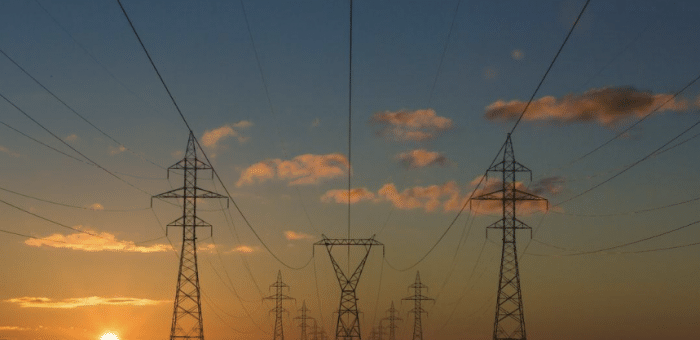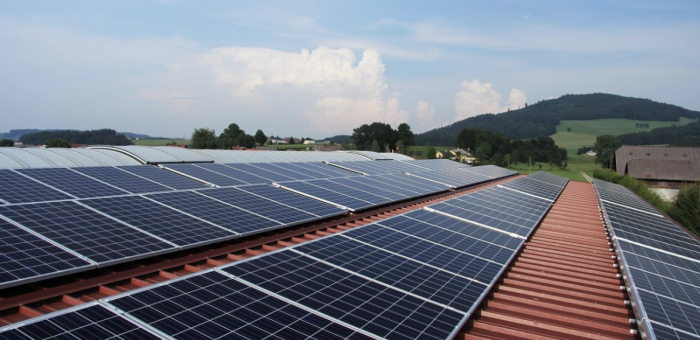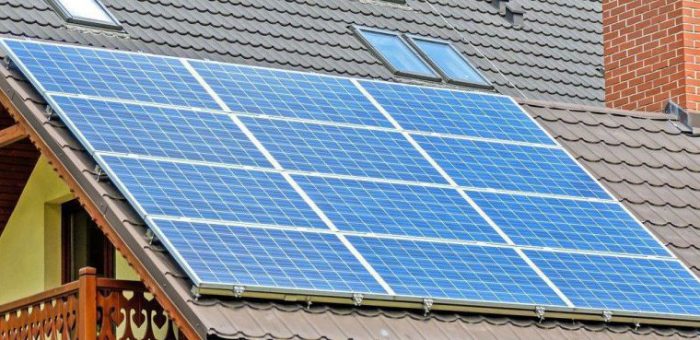As America seeks to reduce its dependence on fossil fuels, clean energy alternatives like wind are taking center stage. Countries are rapidly adapting their energy production to lead people towards a cleaner and greener future. Some of them have already been relying on wind energy for a significant portion of their energy needs.
The percentage of wind energy in Texas sets an example for other countries across America. With 26% of wind energy production, the Lone Star State leads the nation forward. But many Texans are wondering what the future holds for wind energy in Texas and how this method of electricity production will shape their lives.
Your energy empowerment company Power Wizard answers these and many other significant questions in this article. Read on to learn more about the fundamentals of wind energy, including how much energy is generated by wind in Texas and the pros and cons of using wind turbines instead of oil, coal, or natural gas.
Wind energy in Texas: How much energy is generated by wind?
As mentioned, the wind energy percentage in Texas is at a solid level. Wind turbines are now a common sight in Texas as the state continues to invest heavily in renewable energy infrastructure. The question is, how much wind energy in Texas can support electricity production?
By producing 26% of all U.S. wind-powered electricity generation and having thousands of wind turbines, Texas can support a capacity of over 33,000 megawatts of power annually. The state is at the top of the list in the number of new wind turbine construction projects every year. To put this into perspective, if Texas was an independent nation, it would be the fifth-largest producer of wind-generated power in the world.
The advantages of wind power generation
Wind energy offers numerous benefits over conventional electricity-producing resources like fossil fuels. As wind energy companies in Texas continue to augment the state’s electricity grid with this greener source of power, citizens can enjoy a greater quality of life while contributing directly to a more environmentally-friendly future for all.
Here are some of the main advantages of investing in wind power generation:
It is one of the many renewable energy sources
Wind energy is a completely renewable and sustainable source of electricity, which is its most significant benefit. Unlike natural gas, coal, or oil, the wind offers a low-cost power supply that’s not subject to wild price swings or supply chain disruptions. While fossil fuels like gasoline reach an all-time high due to limited domestic production and conflicts overseas. Renewable energy sources like wind remain largely unaffected by market trends or global events.
A wind energy doesn’t contribute to pollution and has zero emissions
A modern wind turbine works by turning a rotor connected to an asynchronous power generator. This motion effectively turns mechanical energy into electric energy. Since no combustible fuel is needed to generate electricity, wind farms do not produce harmful pollutants or greenhouse gases. With the help of wind energy, it’s estimated that the U.S. can reduce C02 emissions by hundreds of millions of tons.
Wind energy production has low operating costs
Since wind turbines require no fuel to operate, their energy production costs are relatively low. While regular repairs, maintenance, and insurance can influence operating costs, modern turbines do not require constant human supervision to work. Instead, wind turbines begin producing free electricity autonomously the moment they get connected to the energy grid.
It has positive impacts on rural communities
Wind energy can bring many opportunities to rural areas, especially those without direct access to other natural resources. Aside from creating new turbine maintenance jobs and providing free energy to the community, many wind energy companies are willing to pay handsomely for the right to erect turbines on rural land. This extra cash provides farmers with much-needed funding to help offset the rising costs of equipment, fuel, and fertilizer. Meanwhile, wind farms can help protect the energy independence of rural communities in Texas by creating a local and virtually free power supply.
The downsides of wind generation
While wind energy in Texas shows incredible potential, some downsides to this sustainable source of power are worth exploring. For some, the disadvantages of wind-generated electricity are not worth the headaches it can cause. Here are two main problems that give people pause about wind turbine technology:
It’s an unpredictable energy source
One major complication with wind turbines is an unstable output that varies depending on environmental conditions. In short, if the wind isn’t blowing, no clean energy is produced. This presents a substantial obstacle to replacing fossil fuels with wind farms on a larger, nationwide scale.
Another problem is that wind turbines can fail due to lightning, icy weather conditions, or various parts falling into disrepair. The overhead costs of producing energy from wind can fluctuate widely.
Wind energy industry can have negative impacts on local ecosystems
Critics of wind turbines point out that these superstructures can negatively affect wildlife and sensitive ecosystems. For example, installing wind turbines also requires substantial space, and in many cases, it’s necessary to clear entire mountaintops of trees or flora to accommodate these massive machines.
However, the true environmental impact of wind farms extends far beyond plants and birds. There is some evidence to suggest that the noises produced during off-shore wind turbine construction can impact the behavior of marine species like fish or cephalopods. Wind farms also make considerable noise when in operation. The long-term effects of this disruptive presence on fragile ecosystems largely remain to be seen.
We should also mention that the creation and transportation of wind turbines consume fossil fuels. Some of today’s most sophisticated wind turbines can contain up to 800 yards of concrete and 140 tons of steel. During the manufacturing and transportation of these superstructures, large amounts of fossil fuels get spent. This contributes to global carbon emissions.
For some dedicated environmentalists, the carbon footprint of wind turbines is high enough to warrant concern, especially considering how a typical wind turbine will require complete replacement after reaching the end of its service life in 15 to 20 years. With that said, future breakthroughs in technology may find creative ways to overcome these challenges.
The future of the Texas wind industry
The wind boom in Texas shows no signs of stopping anytime soon. In 2019, wind power eclipsed coal as the second energy source in the state for the first time, producing over 100,000-kilowatt-hours of electricity for Texans every year. Due to the high demand placed on electrical grids, renewable sources of energy like the wind will remain critical to supporting the increasing power needs of Texans for years to come.
With this knowledge about wind energy in Texas, how does one pick the best plan for the household? The state has many power providers, and not all of them use wind power for electricity generation.
Luckily, Power Wizard makes things easy by providing a comprehensive list of all available electricity providers nearby so you can make an informed decision. We dig into the fine print of each plan, helping you narrow down customized electricity plans that match your unique needs while saving you money.
If you prefer for our energy experts to handle the work, you can sign up for a VIP membership to automate the entire process. Instead of doing things manually, you can rely on our team to automatically enroll you in a plan that offers the lowest electricity prices for your needs. In addition, we make sure you don’t get charged any hidden fees or service charges.
Visit us today to discover more about how Power Wizard works.






